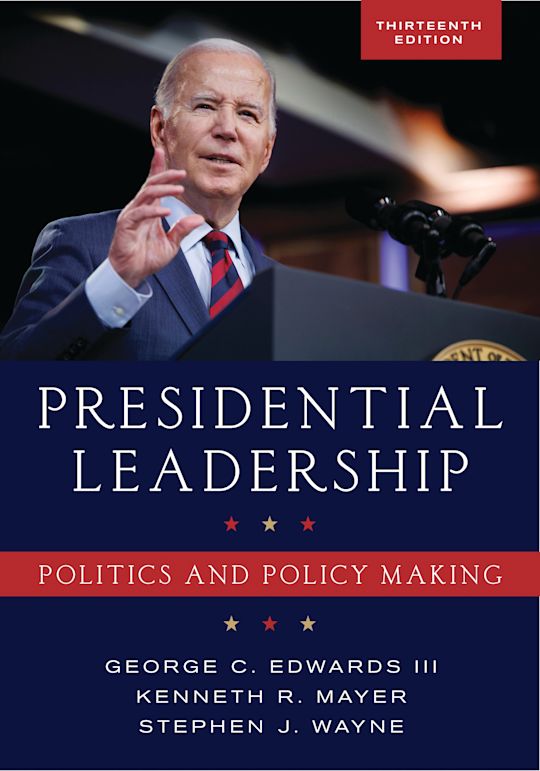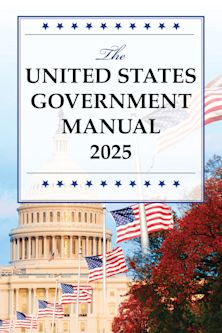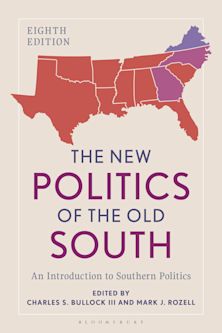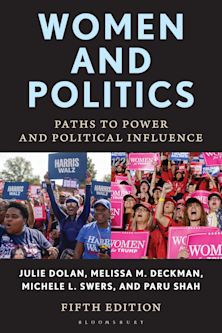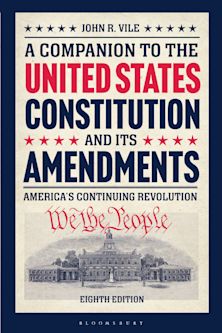Presidential Leadership
Politics and Policy Making
- Textbook
Presidential Leadership
Politics and Policy Making
- Textbook
Description
This classic text on the American presidency analyzes the institution and the presidents who hold the office through the key lens of leadership. Edwards, Mayer, and Wayne explain the leadership dilemma presidents face and their institutional, political, and personal capacities to meet it. Two models of presidential leadership help us understand the institution: one in which a strong president dominates the political environment as a director of change, and another in which the president performs a more limited role as facilitator of change. Each model provides an insightful perspectives to better understand leadership in the modern presidency and to evaluate the performance of individual presidents.
With no simple formula for presidential success, and no partisan perspective driving the analysis, the authors help us understand that presidents and citizens alike must understand the nature of presidential leadership in a pluralistic system in which separate institutions share powers.
This fully revised thirteenth edition is fully updated through the Biden administration, with recent policy developments, the 2022 midterm elections, changes to the media environment, and the latest data.
Table of Contents
Preface
About the Authors
Chapter 1 – Introduction
Chapter 2 – The Powers of the Presidency
Chapter 3 – The Nomination Process
Chapter 4 – The Presidential Election
Chapter 5 – The President and the Public
Chapter 6 – Leading the Public
Chapter 7 – The President and the Media
Chapter 8 – The Structure of the Presidency
Chapter 9 – Presidential Decision Making
Chapter 10 – The President and the Executive
Chapter 11 – The President and Congress
Chapter 12 – The President and the Judiciary
Chapter 13 – Domestic and Economic Policy Making
Chapter 14 – Foreign and Defense Policy
Appendix A -- Methods for Studying the Presidency
Appendix B -- Nonelectoral Succession, Removal, and Tenure
Appendix C -- Provisions of the Constitution of the United States Relating to the Presidency
Appendix D -- 2020 Presidential Election Results
Notes
Index
Product details
| Published | Jan 24 2024 |
|---|---|
| Format | Ebook (PDF) |
| Edition | 13th |
| Extent | 642 |
| ISBN | 9798216330479 |
| Imprint | Rowman & Littlefield Publishers |
| Illustrations | 5 BW Illustrations, 52 BW Photos, 35 Tables, 29 Textboxes |
| Publisher | Bloomsbury Publishing |
Reviews









